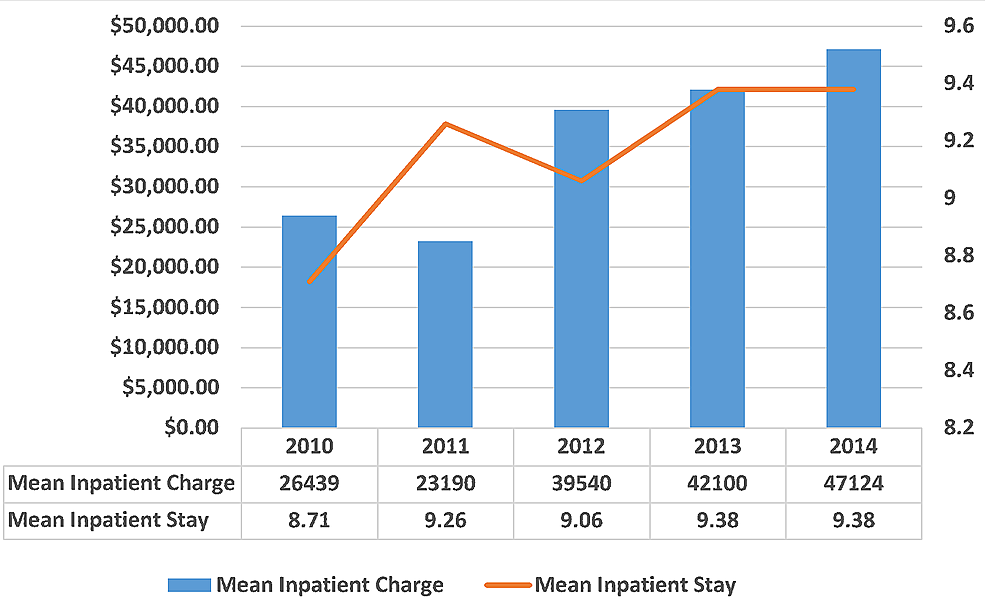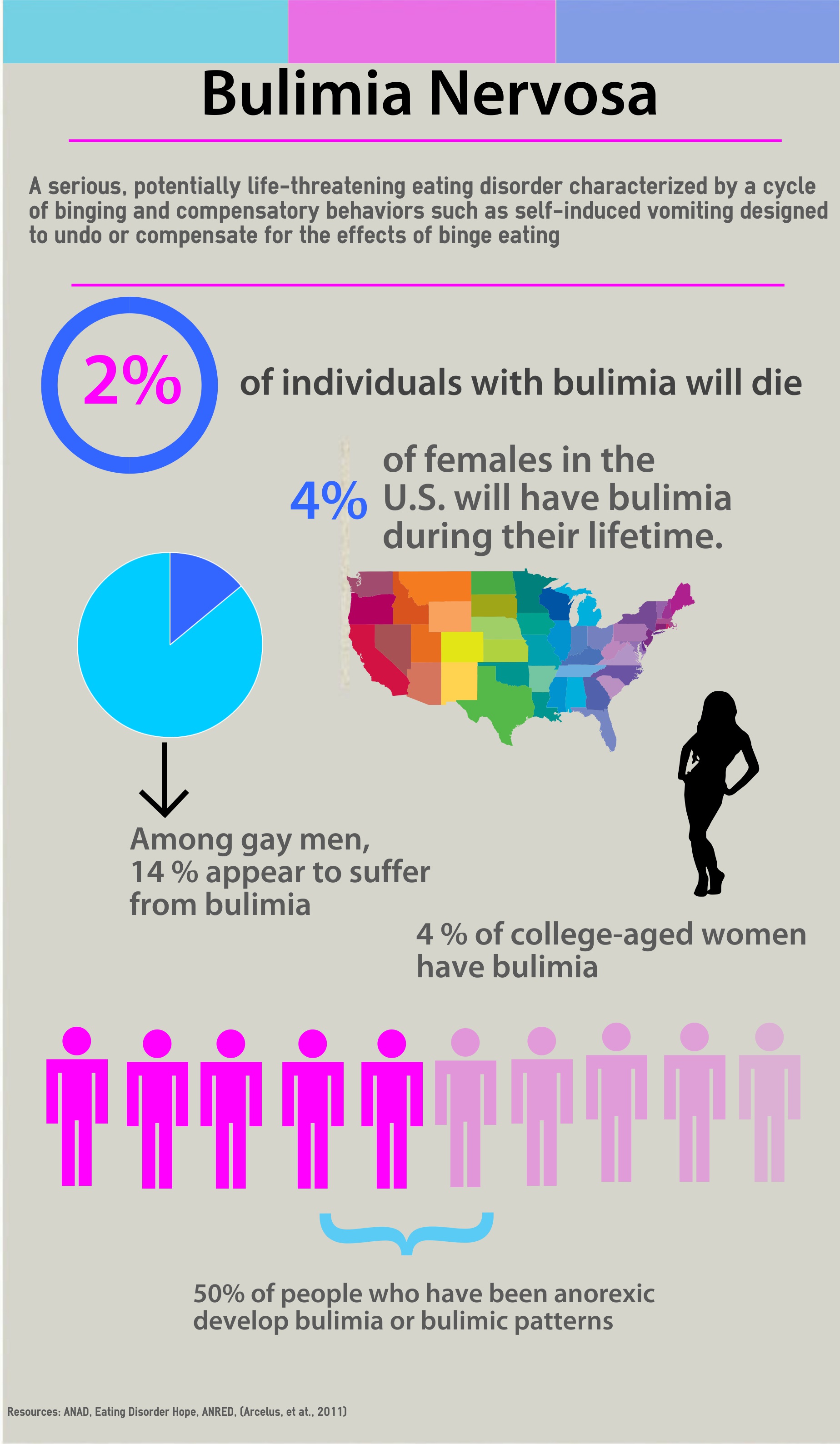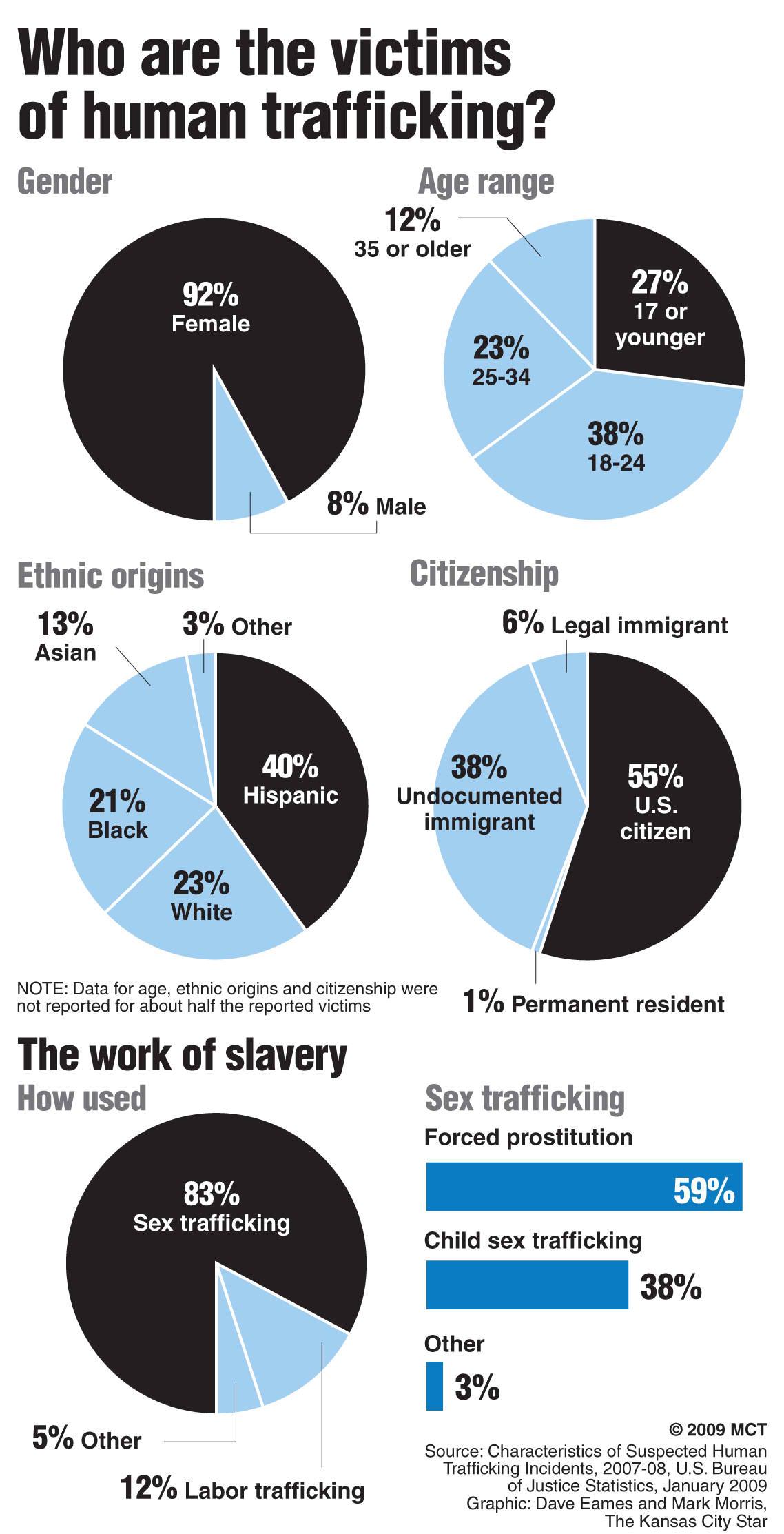Bulimia statistics eating disorders nervosa graph
Table of Contents
Table of Contents
Bulimia is a serious eating disorder that affects millions of people around the world. Many people suffer in silence, unaware of the damage that this disorder can cause to their physical and emotional health. Understanding the statistics surrounding bulimia is the first step toward raising awareness and ultimately finding help.
Pain Points of Statistics about Bulimia
The statistics surrounding bulimia can be difficult to face, but they can also provide powerful insights into the scope and severity of this disorder. In particular, the fact that bulimia primarily affects young women can be alarming and distressing. For those who struggle with this disorder, the physical and emotional toll can be overwhelming.
Answering the Target of Statistics about Bulimia
The goal of statistics about bulimia is to provide a clear picture of the prevalence, risk factors, and outcomes associated with this disorder. By understanding these statistics, we can develop strategies for prevention, early detection, and treatment. We can also work to raise awareness and reduce stigma surrounding eating disorders, creating a more supportive and compassionate environment for those struggling with this issue.
Main Points of Statistics about Bulimia
Some of the key statistics related to bulimia include:
- Bulimia is more commonly diagnosed in women than in men
- Bulimia often occurs in conjunction with other mental health conditions, such as depression, anxiety, and substance abuse
- Bulimia can have long-term health consequences, including heart disease, digestive problems, and infertility
- Early intervention and treatment can significantly improve the likelihood of recovery from bulimia
Bulimia: My Personal Experience
As someone who has struggled with bulimia, I can attest to the toll that this disorder can take on a person’s life. The constant cycle of bingeing and purging can be exhausting and isolating, leading to feelings of shame and self-loathing. For me, getting help was a turning point that allowed me to start rebuilding my physical and emotional health.
One of the most important statistics to keep in mind when it comes to bulimia is the fact that early intervention and treatment can significantly improve outcomes. For those who are struggling with this disorder, seeking help as soon as possible can be a critical step toward recovery.
The Link between Trauma and Bulimia
Research has shown that trauma can be a common underlying factor in the development of eating disorders like bulimia. In particular, experiences of abuse, neglect, or other forms of trauma can lead to a range of emotional and psychological issues that may contribute to disordered eating patterns. Understanding this link between trauma and bulimia is an important step toward developing effective interventions and support strategies for those who have experienced trauma.
Exploring the Link between Trauma and Bulimia
Some of the ways in which trauma may contribute to the development of bulimia include:
- Difficulty regulating emotions and dealing with stress
- Low self-esteem and negative body image
- Avoidance and numbing behaviors
- Lack of trust in relationships
The Importance of Support in Bulimia Recovery
Recovering from bulimia can be a long and challenging process, and having a strong support system in place can be an important part of that journey. Whether it’s family, friends, or a professional therapist, having people to turn to when things get tough can make all the difference.
For me, joining a support group was an important part of my recovery from bulimia. It allowed me to connect with others who had been through similar experiences, and provided a space where I could talk openly and honestly about the challenges I was facing.
Question and Answer
Q: What are the most common risk factors for developing bulimia?
Some of the most common risk factors for bulimia include a history of trauma or abuse, anxiety or depression, and negative body image.
Q: How can I tell if someone I know has bulimia?
Some signs of bulimia may include a preoccupation with food or weight, frequent fluctuations in weight, and a habit of disappearing to the bathroom after meals.
Q: Can bulimia be treated?
Yes, bulimia can be treated with a combination of therapies, including psychotherapy, medication, and nutritional counseling. Early intervention and treatment can significantly improve outcomes.
Q: Can recovery from bulimia be a long process?
Yes, recovery from bulimia can be a long and challenging process. It’s important to be patient and to seek support from friends, family, and professionals throughout the journey.
Conclusion of Statistics about Bulimia
Understanding the statistics surrounding bulimia is an important step toward raising awareness and providing support for those who struggle with this disorder. By recognizing the risk factors, outcomes, and treatment options associated with bulimia, we can work to create a more compassionate and informed community for those who need it most.
Gallery
Statistics - Bulimia

Photo Credit by: bing.com / bulimia statistics eating disorders nervosa graph
Cureus | Hospitalization Outcomes And Comorbidities Of Bulimia Nervosa

Photo Credit by: bing.com / bulimia nervosa inpatient mean figure nationwide outcomes comorbidities hospitalization study distributed charges according trend stay cureus
Bulimia Nervosa Infographic - Walden Eating Disorders

Photo Credit by: bing.com / bulimia nervosa infographic eating disorders walden behavioral care 02t15
Eating Disorder Statistics | Eating Disorder Information | The Barbecue Lab

Photo Credit by: bing.com / disorder bulimia binge
Types Of Eating Disorders: “Bulimarexia” | Bulimia Help

Photo Credit by: bing.com / eating statistics bulimia disorders types years disorder help





